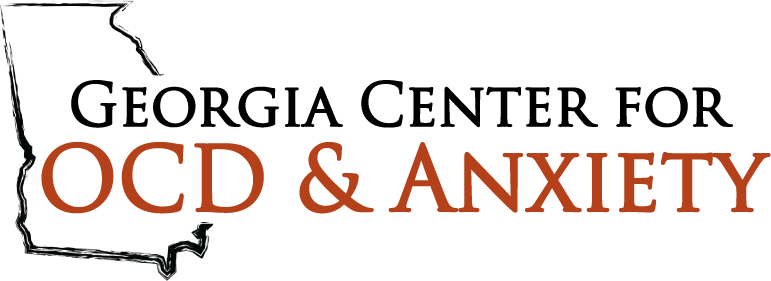Definition
Obsessive Compulsive Disorder (OCD) is a disorder involving obsessions and compulsions that take up an excessive amount of time and cause significant distress to an individual. Research indicates OCD involves problems in communication between the front part of the brain and deeper structures.
Obsessions are thoughts (worries, doubts, impulses or fears) that are uncontrollable, repetitive, and unwanted. They create unbearable anxiety for an individual, and cause that person to feel a sense of fear, disgust, doubt, or that things have to be done in a way that is ‘just right’.
Compulsions are repetitive behaviors or thoughts (physical or mental rituals) that are performed in response to obsessions in order to avoid or decrease the anxiety they provoke. The individual feels required to perform these compulsions, and sometimes may do so to neutralize or counteract the anxiety-producing obsession, often fearing something negative will happen if they do not perform the ritual.
Symptoms
Some common OCD symptoms include:
- contamination obsessions with cleaning/washing compulsions
- obsessions about disaster or safety with compulsive checking or slowness
- obsessional doubt or need to know with compulsive questioning/reassurance seeking
- “just so” obsessions with ordering/arranging compulsions
- obsessions about needing to save things with compulsive collecting/hoarding
- so-called “pure obsessions” that usually have associated thinking /analysis compulsions
- religious/moral obsessions with compulsive confession, prayer, or reassurance seeking
- aggressive or sexual obsessions with compulsive analysis, reassurance seeking, or prayer
A person without OCD is able to filter out thoughts such as a concern over germ contamination in public places or a concern over inadvertently causing harm to another individual. For people with OCD, however, that thought becomes an obsession and they cannot stop thinking about it. Most people who have OCD are aware their obsessions and compulsions are irrational, yet they feel powerless to stop them. In fact, the individual with OCD is quite often distressed precisely because he or she recognizes the thoughts are excessive, irrational and/or inappropriate. Although the compulsions may temporarily relieve the anxiety, when the individual performs the compulsion (i.e., repeated checking to ensure safety or repeated washing), it actually reinforces the obsession.
Far too often, people with OCD suffer, unaware their symptoms are caused by a biological problem. Just as with many other illnesses like asthma or diabetes, people with OCD can learn to manage their disorder. Appropriate treatment produces changes in the brain so it functions more normally by weakening old neurological pathways and strengthening new ones. Given the advancement in our understanding and treatment of OCD, the prognosis for people with OCD is more hopeful than ever before.
Prevalence
Current research estimates approximately 1-2.5% of the adult population suffers from OCD, with approximately 50-60% of those adults having symptoms beginning during childhood. OCD occurs equally in males and females.
The prevalence estimate in children is slightly higher. Approximately 2-3% of children are expected to develop OCD. This is about the same number of children who have diabetes. That means four or five children with OCD are likely to be enrolled in any average size elementary school and close to twenty individuals with OCD are likely to be enrolled in any medium to large high school.
Treatment
At the Georgia Center for OCD & Anxiety, we use a type of Cognitive-Behavioral Therapy (CBT) called Exposure and Response Prevention (ERP) to target OCD. This approach is scientifically-proven effective in reducing OCD symptoms. In research studies, about 7 out of 10 people with OCD benefit from CBT; for those individuals, OCD symptoms were reduced by 60- 80%. Treating OCD with CBT is proven to be more effective than treating OCD with medication alone. For most cases of OCD, combining CBT and medication will likely yield the greatest results. For more information about CBT, please click here.
Using CBT/ERP, the client and therapist work together, taking active roles in assessing the problem and devising concrete, active steps towards alleviating the symptoms. Regular “homework” assignments are given so the client can continue to challenge symptoms between therapy sessions. These homework assignments are specifically designed for each individual client, and are an essential part of treatment for OCD and related anxiety conditions.
There are also times where people feel like things have to be ‘just right.’ This is sometimes referred to as “Just Right OCD.” To find out more information about “Just Right OCD,” read the following article distributed by the International OCD Foundation.

